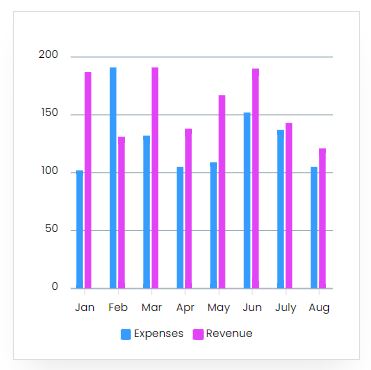Project Report For Online teaching
Introduction
The project report for Online teaching is as follows.
Online teaching is the process of educating people via the internet. One-on-one video calls, group video calls, and webinars are just a few of the options. You can begin teaching from any location (home, coffee shop, co-working space) and enrol students from varied backgrounds and geographical areas.Languages, math, physics, and business are among the most popular courses taught online.
Massive Open Online Courses (MOOCs), e-learning platforms, webinars, and virtual classrooms are just a few of the various formats used in online education. Online courses known as MOOCs allow for unrestricted participation and free access to learning resources, whereas e-learning platforms provide a variety of courses on many subjects, including degree programmes.
Online learning’s flexibility, which lets students study when and how they want, is one of its advantages. Working professionals who may not have the opportunity to attend traditional seminars because of their job schedules would especially benefit from this flexibility. Geographical barriers to learning are also removed by online education because students can access their courses from any location in the world.
Sample Project Report Of Online teaching For Bank Loan
Get Completely Custom Bankable Project Report
Benefits Of Online Teaching
Flexibility: Students can access course materials and complete tasks at their own speed and on their own time with online instruction. The benefit of this flexibility is especially great for those with jobs or families.
Accessibility: Students can take courses and take advantage of educational opportunities that may not be offered locally through online instruction. Students who reside in rural places or have mobility issues would particularly benefit from this.
Savings: Since online instruction frequently uses fewer resources than traditional classroom instruction, it is less expensive for both students and institutions. While institutions can save money on facilities and equipment, students can save money on transportation, accommodation, and textbook prices.

Market Potential Of Online teaching
The online education market was valued at USD 218.56 billion in 2021 and is expected to increase at a CAGR of 9% from 2023 to 2030, reaching USD 474.68 billion by 2030.
Expenses

Product Cost Breakup

Reveneue Vs Expenses

Market Trend

Online education, also known as e-learning, is a teaching system that uses online or electronic methods to offer instruction rather than classrooms. E-Learning is also known as network-enabled skill and knowledge transfer. Several multinational corporations utilise it extensively in the field to deliver training and crash courses to their personnel. Furthermore, in most circumstances, e-learning is employed to replace traditional classroom instruction in the case of pupils. E-learning is just a mechanism or a channel of delivery that can be supplied through the most prevalent audiovisual mode.
E-learning can also be utilised as a hybrid model, which implies that it can augment the conventional model of education, which was limited to a local area. Furthermore, as this mode advances, it can be better fitted or adapted to the demands of the student through rigorous study in order to perfect the delivery mechanism. E-learning platforms are designed in such a way that students can better understand the information and remember it for a longer period of time.
The Online Education Market is driven by a variety of factors, the most important of which is efficiency, as it provides both teachers and students with an efficient way to transfer knowledge in the form of PDFs, podcasts, videos, and other media that are beyond the reach of pen and paper. E-learning also provides time and place flexibility, allowing schools and other educational institutions to reach out to a larger number of students. E-learning platforms are less expensive than traditional pen-and-paper versions and are also less harmful to the environment. Furthermore, this might be a boon for financially disadvantaged students seeking a high-quality education. It also accommodates a variety of learning styles because it includes both a slow and a rapid learner.
